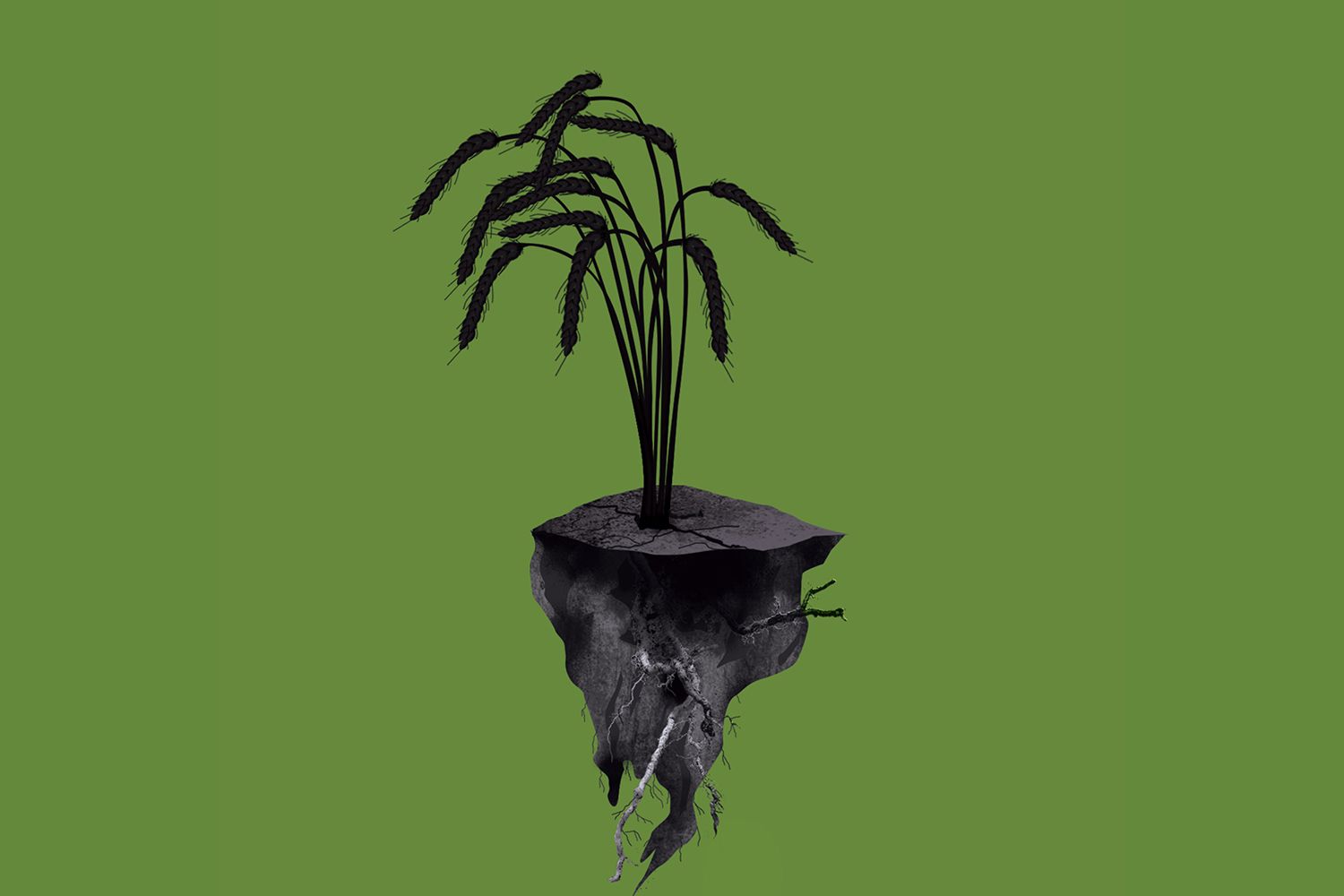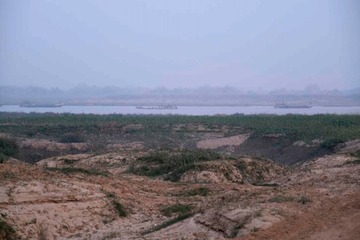
The work begins. The harvest has arrived. Away from NH16, past the manned railway crossing, towards Nachugunta village in West Godavari district of Andhra Pradesh, on a gravel road that feels like powder, past the village deity’s temple, through the rutted path shaded by trees and sugarcane fields, Bhupathiraju Ramakrishna Raju is threshing and reaping the sheaves along with his workers. They are blowing the grains on the breeze.From behind their shoulders, the sun showers the fields in a





